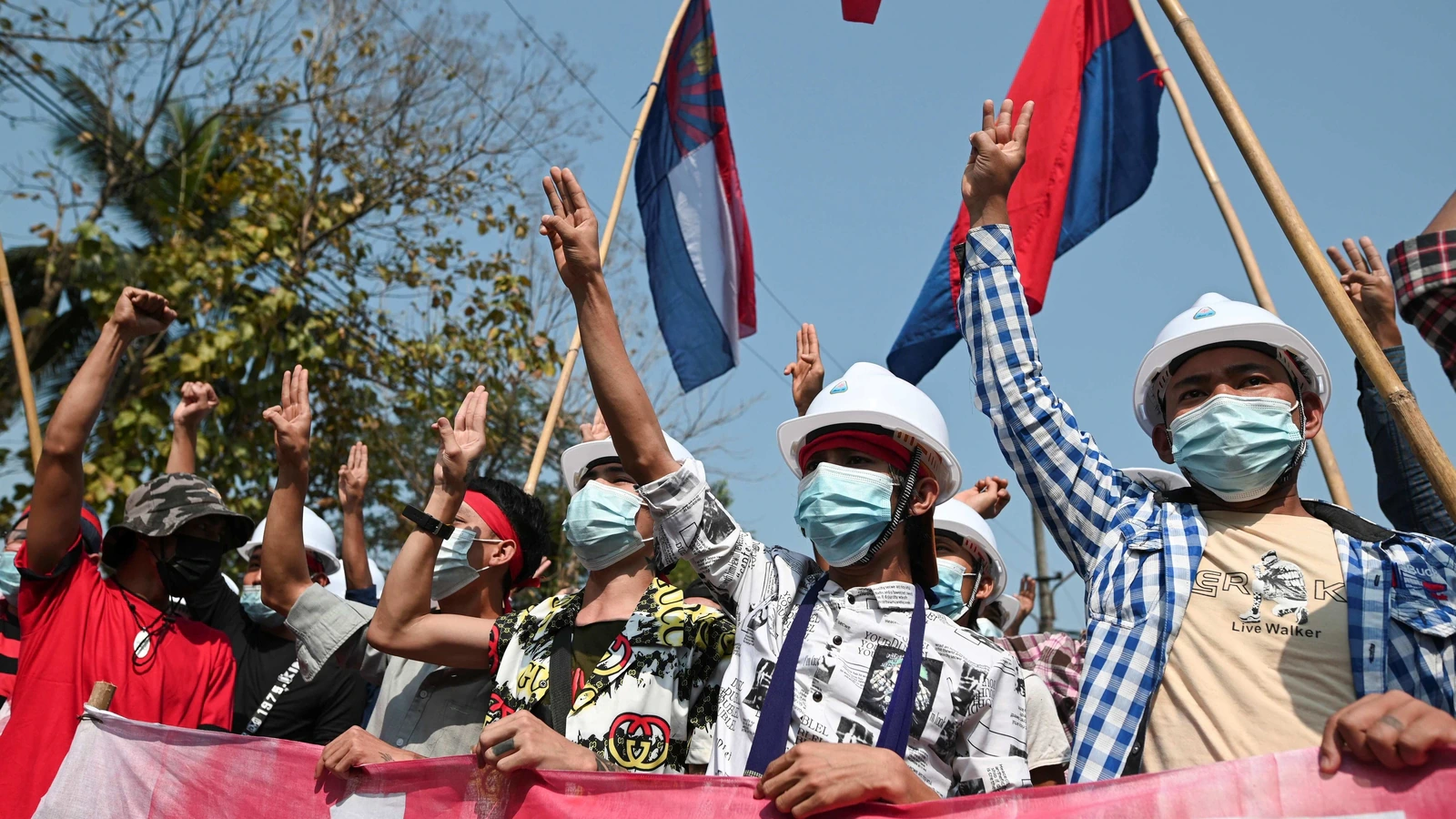Executive Summary
This primer offers a comprehensive analysis of Myanmar, exploring its complex historical, political, economic, and social landscapes. Beginning with an overview of its demographics, geography, and ethnic diversity, the document traces Myanmar’s evolution from colonial rule to its current political challenges, including the 2021 military coup. The primer delves into Myanmar’s economic structure, highlighting its resource-rich economy, infrastructural deficits, and the impact of international sanctions on its development trajectory. It further examines the human rights landscape, particularly the Rohingya crisis and the role of ethnic armed groups in shaping the nation’s civil conflicts. Myanmar’s strategic geopolitical position and its relations with neighboring countries, ASEAN, and Western nations are analyzed to contextualize its role in regional and global dynamics. Concluding with a discussion of current issues and future prospects, this primer provides insights into the opportunities and challenges facing Myanmar in its quest for stability, democratic governance, and sustainable development.
Keywords: Myanmar, Military Coup, Rohingya Crisis, Democratic Transition, Sanctions
Introduction
Myanmar, formerly known as Burma, is a Southeast Asian country with a complex history shaped by ethnic diversity and political strife. It is home to the ethnic Burman majority and numerous other ethnic and religious minorities, many of whom have long resisted efforts to centralize control. Britain colonized Myanmar in stages from the 1820s to the 1880s and remained a province of British India until 1937 when it became a self-governing colony. The country gained full independence in 1948 but soon experienced decades of military rule, starting with General Ne Win’s coup in 1962.
In 1990, the military regime allowed elections, which were won by Aung San Suu Kyi’s National League for Democracy (NLD). Despite the results, they were disregarded, and Suu Kyi was subsequently placed under house arrest. While Myanmar saw some democratic reforms in the 2010s, these were marred by military violence against the Rohingya minority. A military coup in 2021 ended Myanmar’s brief experiment with democracy, triggering mass protests and the formation of the National Unity Government (NUG) and the People’s Defense Forces (PDF), which continue to wage an armed struggle against the regime.
Demographics and Geography
Population And Ethnic Composition
Approximately 51.5 million people live in Myanmar, according to the 2014 census, which is much fewer than earlier projections. High emigration rates and decreased fertility have caused its population growth rate to stall to 0.9%. From over six children per woman in the 1970s to 2.2 in 2016, the total fertility rate (TFR) has decreased by more than 60% due to delayed marriages and a higher percentage of single women.
With 45% of the population under 25, Myanmar’s demographics are still young, although the change has been gradual and uneven. Millions of Burmese have sought employment overseas, primarily in Thailand, while rural poverty is the primary cause of internal migration. Due to severe persecution, many ethnic minorities—especially the Rohingya—are forced to relocate or flee to neighbouring countries. Although life expectancy has increased, Myanmar continues to rank among the poorest countries in Southeast Asia in terms of infant and maternal mortality.
Click Here To Download The Paper


📌Analysis of Bills and Acts
📌 Summary of Reports from Government Agencies
📌 Analysis of Election Manifestos

